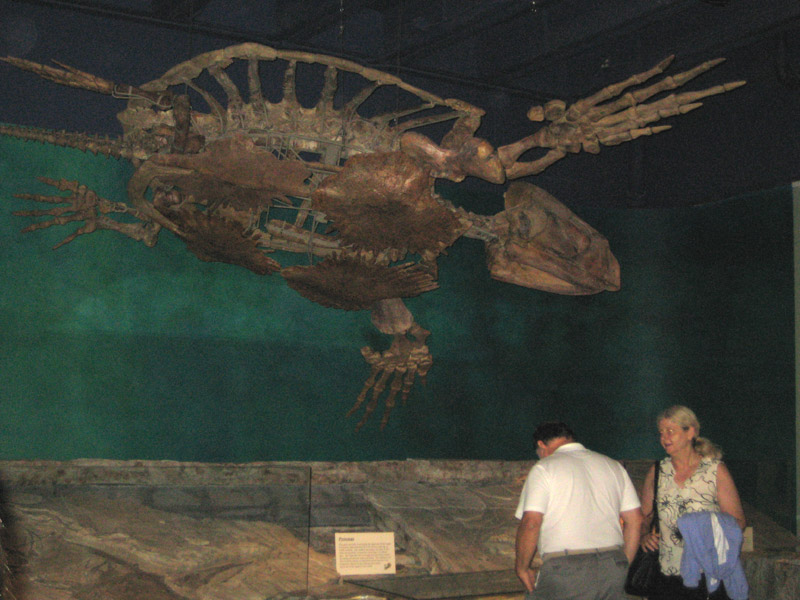www.flickr.com
An example of what is occurring in the Great Trinity Forest. Seems exaggerated...perhaps not.
What has happened to the appreciation for Nature? It seems that there is an ever increasing perception that nature is composed only of concrete trails with grass and trees.
There is yet another occurrence of habitat destruction in the Great Trinity Forest...now numbering so many that I have lost count. This place that has been recognized as priceless and one-of-a-kind is being torn apart in the City's quest to make it known they are BIG with the only 6,000 acre urban forest in the city.
Well make that < 6,000 acres now after thousands of trees, several prairies and numerous wetlands have been destroyed. And the tales of mitigation? Don't worry, you will never see the outcome of that in your lifetime. It has taken hundreds of years and in some instances thousands of years for these places to be formed. It is not possible that they can be recreated or replaced in just a few years.
An example and fact of this is the Leopold Prairie in Wisconsin. This is from the Aldo Leopold Archives from the University of Wisconsin Digital Collection. http://uwdc.library.wisc.edu/collections/AldoLeopold

Aldo Leopold is considered by many to have been the most influential
conservation thinker of the 20th Century. Leopold's legacy spans the
disciplines of forestry, wildlife management, conservation biology,
sustainable agriculture, restoration ecology, private land management,
environmental history, literature, education, esthetics, and ethics. He
is most widely known as the author of
A Sand County Almanac, one of the
most beloved and respected books about the environment ever published.
The Leopold Collection houses the raw materials that document not only
Leopold's rise to prominence but the history of conservation and the
emergence of the field of ecology from the early 1900s until his death
in 1948.
To access or cite this collection:
http://digital.library.wisc.edu/1711.dl/AldoLeopold
In his book,
A Sand County Almanac, he describes the effort of restoring his Sand County farmland back to the natural environment that had once existed which included forested areas and open meadows or prairie areas. After 30 years of working to re-introduce species, planting by collected seed or transplanting, using different control methods for combating unwanted species, and attempting to re-create the biodiversity that existed before, he came to the conclusion that it would never have the biodiversity it had before the land was cleared for farming. The project continues to this day.
Now we know that part of what Also Leopold discovered was due to the lack of soil micro-organisms or mycorrhizal organisms that we continue to study and discuss today. When the soil is turned over or damaged through other means and exposed to the air these essential soil organisms die. This creates an environment which makes it very difficult for restoration to succeed.
Now to get back to the latest in the saga of the Great Trinity Forest. This incident has recently taken place at the McCommas Bluff Preserve area,
an area that is part of the natural preserve systems of lands set aside for protection by the City. Interesting how this now falls under Planning and Development, that is disturbing.
Here is the lovely page for you to take a look:
https://www.dallascounty.org/department/plandev/trails/tapp_philosophy.php
And the Preserve now compromised:
https://www.dallascounty.org/department/plandev/locations/09-mccommas-bluff.php
Example of what is now gone....
What has been brought to our attention, by the writer of Dallastrinitytrails, is the complete destruction of an area that was once a remnant of a seasonally wet prairie with Indian Paintbrush and Little Bluestem grass. Remember the discussion above on soil chemistry? The late Dr. Geoffrey Stanford, of the Dallas Nature Center...now Cedar Ridge Preserve, conducted research on Indian Paintbrush and was one of the first to discover the symbiotic,otherwise known as root semi-parasitic, relationship it had with grasses, in particular Little Bluestem. He also discovered other varieties of Indian Paintbrush that were unknown. Indian Paintbrush is extremely difficult to grow and re-establish and will be impossible with the area completely turned into nothing but bare soil criss-crossed with heavy equipment tracks in preparation for more construction. No more beneficial soil micro-organisms.
This preserve also contains an extremely important plant community of Trout Lilies, Palmetto and Texas Buckeyes, all in the vicinity of each other. All photos below from the Lady Bird Johnson Wildflower Center Image Gallery in Austin, Tx. Left to right, Trout-Lily or Dog's Tooth Violet, Palmetto, and Texas Buckeye.
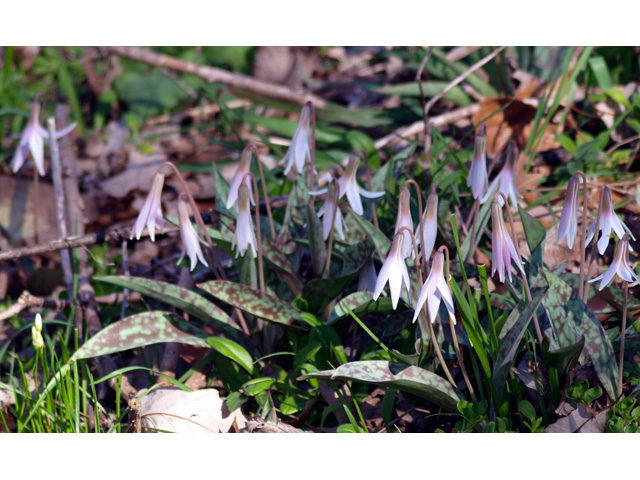
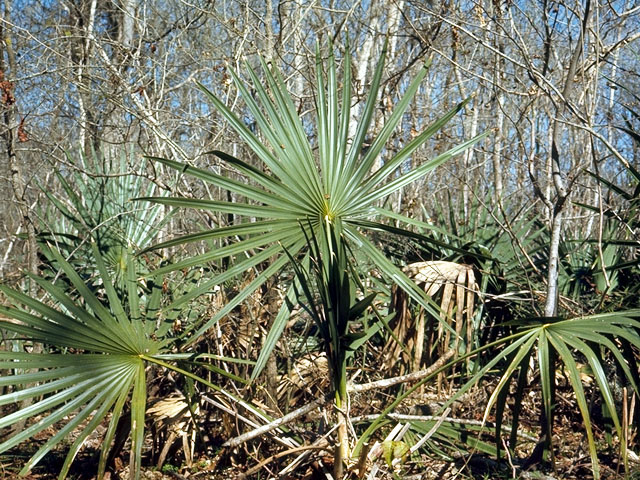
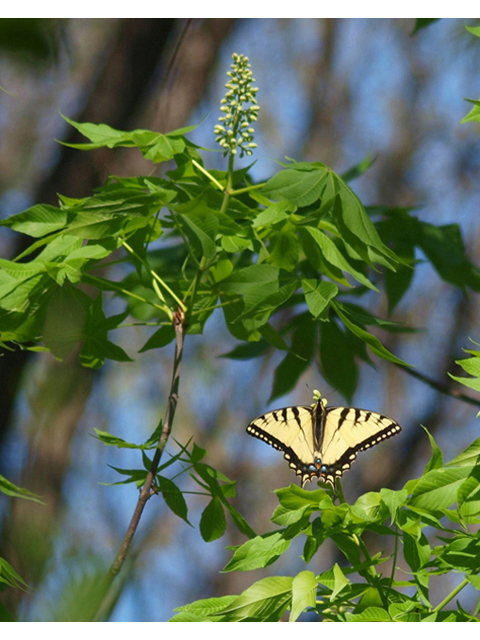 Photo credit:Brenda K. Loveless Photo credit: Campbell and Lynn Loughmiller photo credit: Brenda K Loveless
Photo credit:Brenda K. Loveless Photo credit: Campbell and Lynn Loughmiller photo credit: Brenda K Loveless
This place is remarkable and possibly the only of its kind with this specific plant community. To have this priceless area in direct connection with this destroyed prairie remnant warrants an immediate response from us all. And the City was alerted to this over a year ago.....
Check out the before and after pictures of the McCommas Bluff Preserve area at Dallastrinitytrails.blogspot.com
This place cannot be re-created and was destroyed for trails?
Which would you rather do?
Ride a bike on concrete
bicyclegermany.com
or
Hike and ride on dirt paths through the Great Trinity Forest
 llaboutroswell.com
llaboutroswell.com
And see
Only grass and trees
or
Wildflowers, wildlife, wetlands and true habitat?
Let me know...........the short message is, "once it is gone, it stays gone." Better hurry up to see it now.





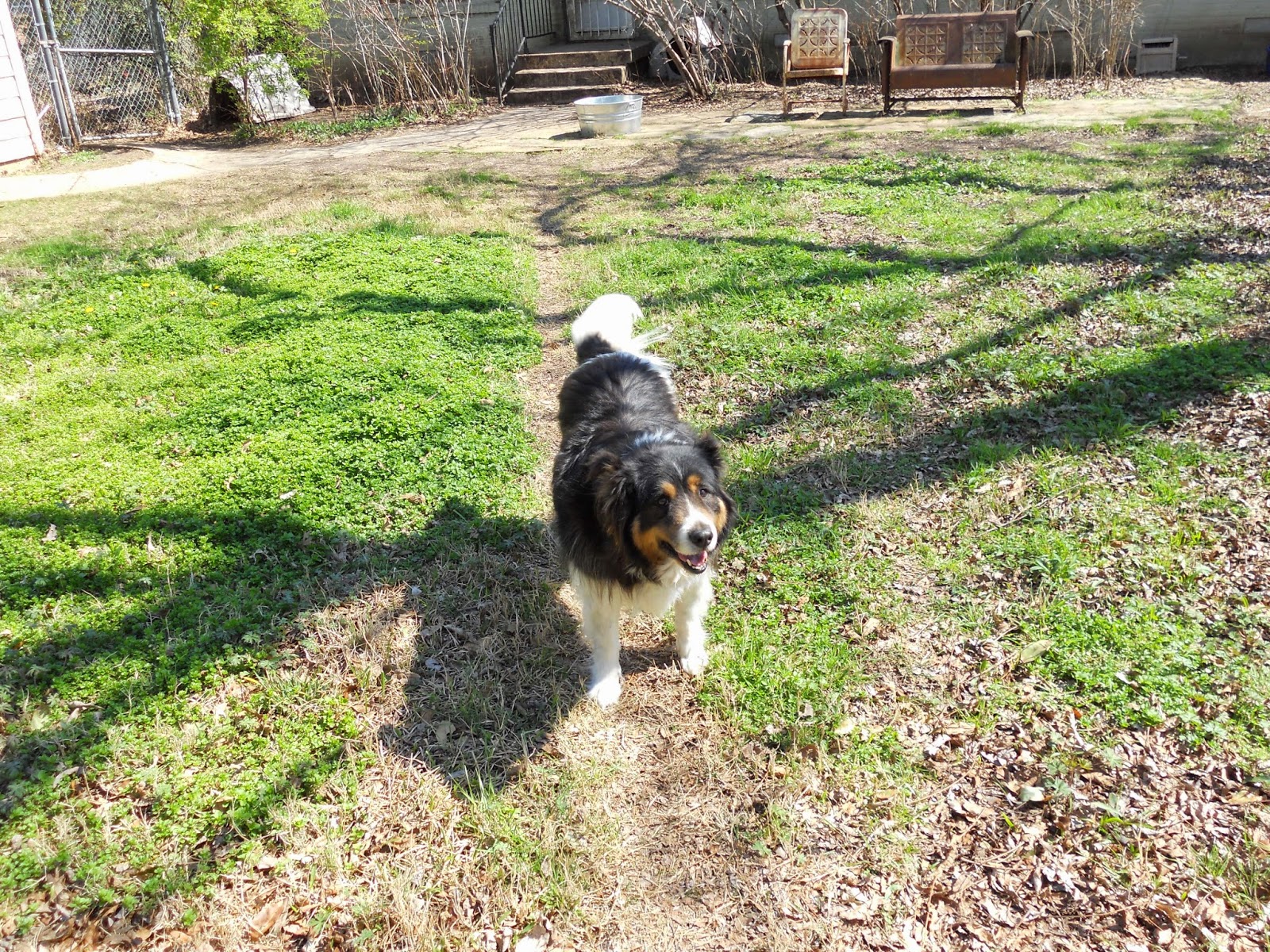

 Aldo Leopold is considered by many to have been the most influential
conservation thinker of the 20th Century. Leopold's legacy spans the
disciplines of forestry, wildlife management, conservation biology,
sustainable agriculture, restoration ecology, private land management,
environmental history, literature, education, esthetics, and ethics. He
is most widely known as the author of A Sand County Almanac, one of the
most beloved and respected books about the environment ever published.
The Leopold Collection houses the raw materials that document not only
Leopold's rise to prominence but the history of conservation and the
emergence of the field of ecology from the early 1900s until his death
in 1948.
Aldo Leopold is considered by many to have been the most influential
conservation thinker of the 20th Century. Leopold's legacy spans the
disciplines of forestry, wildlife management, conservation biology,
sustainable agriculture, restoration ecology, private land management,
environmental history, literature, education, esthetics, and ethics. He
is most widely known as the author of A Sand County Almanac, one of the
most beloved and respected books about the environment ever published.
The Leopold Collection houses the raw materials that document not only
Leopold's rise to prominence but the history of conservation and the
emergence of the field of ecology from the early 1900s until his death
in 1948.



